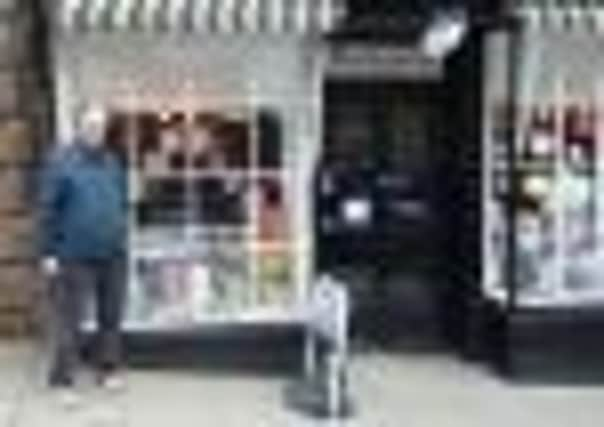Arundel Museum reveals secret of room with no way in


A national newspaper’s near-fictional story in the 1980s mentioned hidden attics and secret,haunted passages, while locals talk about a secret door to a room where a chair was found draped with a monk’s vestment.
We can now reveal how the room was found by a young electrician’s mate, Malcolm Spencer, in the autumn of 1945.
Advertisement
Hide AdAdvertisement
Hide AdToday, the Book Ferret and Spencer Swaffer Antiques occupy the ground floor of premises built as a coaching inn in the mid-1500s. Second World War American troops billeted there left it in disrepair, so owner, Doris Herbert, began renovations when the war was over .
Malcolm was working for the Bognor Gas, Coke and Electricity Company, replacing gas lighting with electricity.
On the third floor, they came across an inaccessible area, some 14ft by 10ft. There was the added problem of running electrical cables between rooms, so they decided to explore, if that was possible, using the loft. But how to access it?
Behind an old fireplace, they found an opening, 4ft wide, extending up to the roof. Malcolm was chosen to investigate.
Advertisement
Hide AdAdvertisement
Hide AdHe climbed up three ladders roped together, with a candle in a jar, reached the attic and crawled until he was above the mysterious space. He made a hole in the ceiling and lowered his candle but it was too dim to see anything. After returning with a long extension lead, he lowered an electric light and saw a large room and a chair.
Enlarging the hole, he lowered himself into the room. There was no other way in.
On the floor lay a large black shoe with a huge buckle, like those in 16th century Dutch paintings. Beneath crumbling floorboards he found a coin, dated 1736. Nearby, a leather pouch contained sharpened writing quills, a pink rosary and a collar stud made of bone or ivory with, seemingly, gold foil covering. He also found an intact clay pipe, and numerous broken ones.
Speculation remains. Why go to so much trouble? Who were they concealing? Evidence suggests someone educated and wealthy. However, we may never know the truth about this, now demolished, “secret room”.
n Our thanks to Malcolm , now in his 80s,for his detailed record, the basis of this article, and now part of Arundel Museum’s Living History collection.